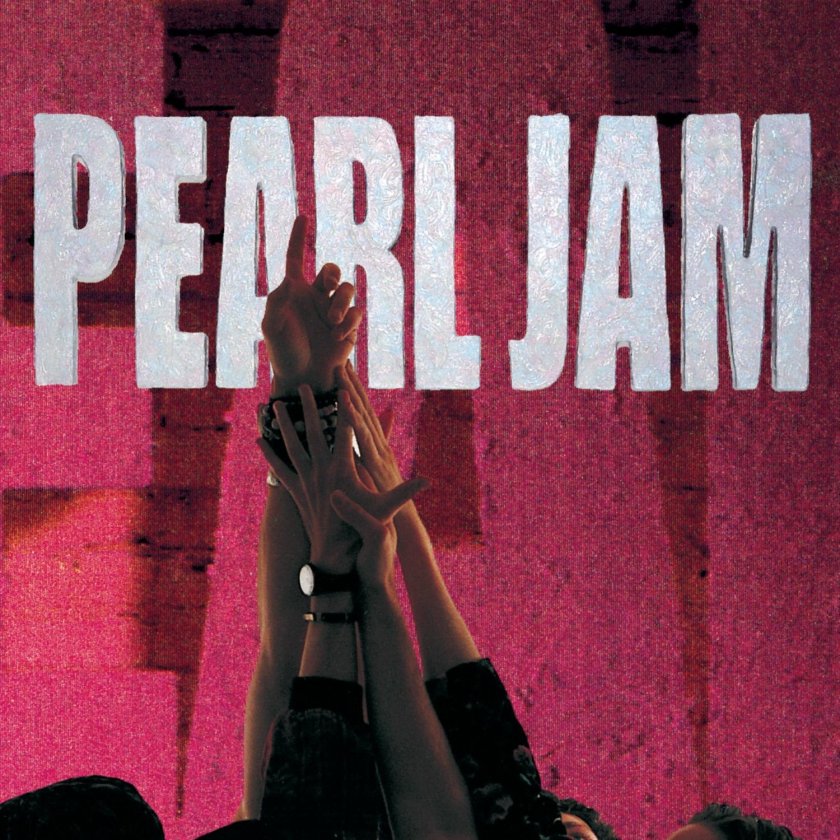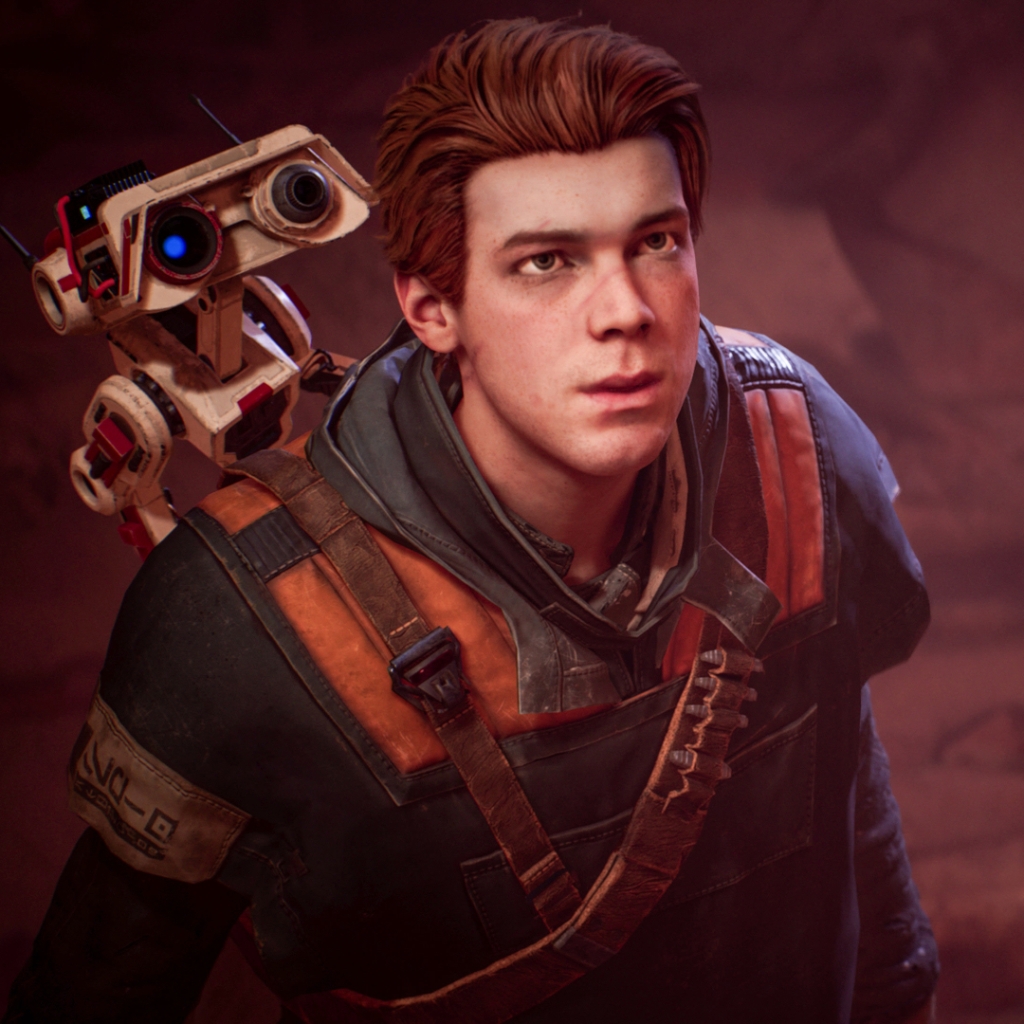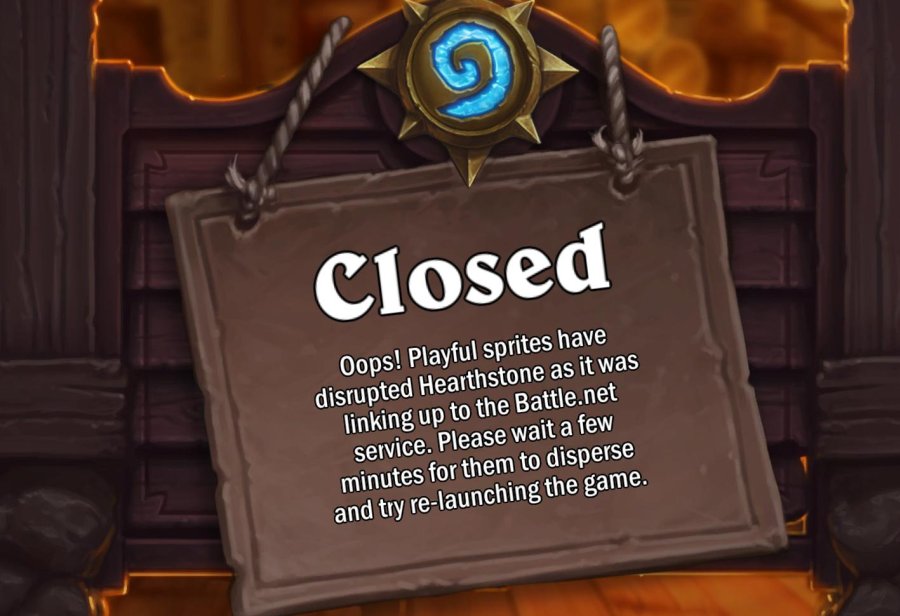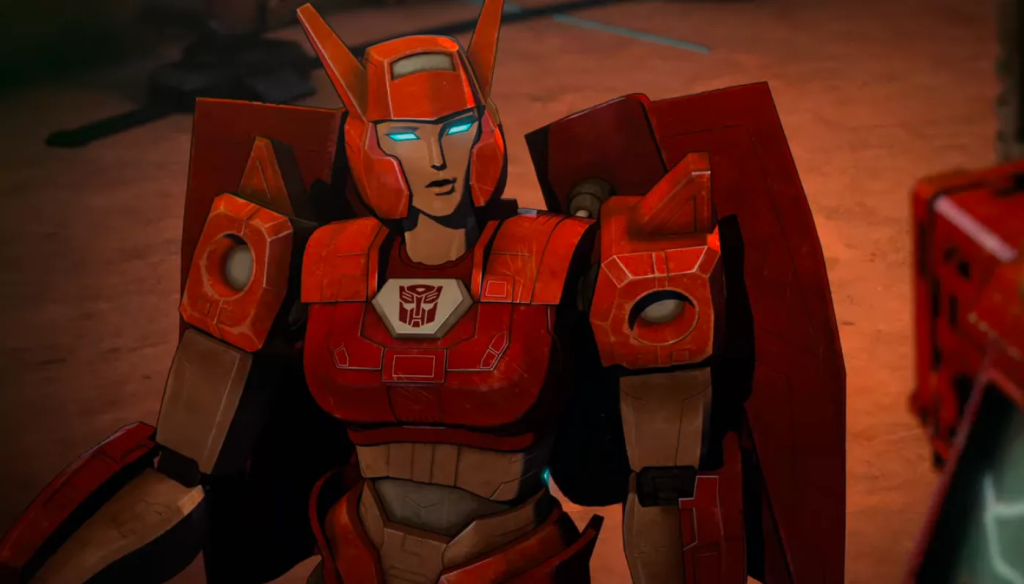My enjoyment of the Marvel Cinematic Universe (MCU) is something I’ve documented previously. The consistent quality of the films (for the most part) has been a wonder to behold. A question that loomed when the Disney+ shows were announced was, “Will the MCU transfer that magic to a smaller screen?” Now that WandaVision, The Falcon & The Winter Soldier, and Loki are here to consume, it is safe to say the answer to that question is a definitive YES.
This morning, I set my alarm for 5AM so I could watch the finale of Loki before work. I lost faith that I could control avoiding spoilers a long time ago so it was either 1) go internet-dark for at least an entire day or 2) wake up early. The choice was clear! While watching the series season finale some gears whirled and clicked in my brain. I felt transported to another time and place when mysteries abounded and a cast of characters were figuring out how to wrestling with their glorious purpose.
Not the multiverse, no.
Lost.
Ever since the initial promos, Lost was a show that captured my attention. The dramatic voiceover teasing the show, a catchy premise, stunning visuals, a soaring score, and with Merry from The Lord of the Rings prominently involved – I was hooked. For all its eventual flaws (we’ll get to those in a moment), Lost excelled at establishing a setting that allowed attractive, charming and talented actors to tell entertaining stories and delve into a variety of intra- and inter-personal relationships.
Sound familiar?
The high-water episodes of Lost stack up with anything from Prestige TV that has come since. The voilà transformation in Walkabout, the vibrating urgency of The Constant, the incredible build-up and execution of Through the Looking Glass, and the hilarity and sweetness of Tricia Tanaka Is Dead stick with me 15 years later. On that last point, we named our son Hugo because there are worse things than having your namesake mutter, “Let’s look death in the face and say, ‘Whatever, man.’ Let’s make our own luck.”
The Marvel Mystery Box
With my enjoyment of Lost as a backdrop, let’s return to the journey of our multiverse-crossed pair, Loki and Slyvie. Having cleared a path through Alioth to reach the Citadel, the two finally get to meet The Man Behind the Curtain. The introduction of Kang The Conqueror into the MCU has been rumored for almost a year. Where WandaVision ended with a otherwordly display of magical powers and action, the majority of Loki’s finale was exposition from Kang and watching how Loki and Slyvie would respond.
All that was missing were the fish biscuits.
Kang now replaces Thanos as the Big Bad Evil Guy (BBEG), which allows the characters throughout the MCU to respond to a new threat. The Lost parallels truly clicked for me after the post-credit scene simply displayed the stamp: LOKI WILL RETURN IN SEASON 2.
For either good or bad (it’ll take years to play out), the MCU as we know it triggered not only a massive, multiversal war but also a significant paradigm shift with the audience. The MCU has been fueled by spectacles on the big screen and the shows have given previously-underutilized characters a place to shine so they can take on more prominent roles in future films. Loki coming back for a second season truly breaks that mold because the finale functioned more as a tease of what is to come than the culmination of specific plotlines.
The MCU is its own multiverse now – versions of itself stacked on top of each other with the sole purpose of consuming our attention. There will be mystery boxes, BBEGs, character development, and – yes – seasons of shows to continue the vast, episodic, and relentless worldbuilding. It has the potential to be amazingly and staggeringly beautiful – an arena where talented creators and artists have an unlimited palette to craft critically-acclaimed stories that can be inspiring, heartbreaking, or simply triumphant.
It also has the potential to become a never-ending series of unfulfilling stories. The flaws with Lost are that it changed the questions a few too many times and suffered from a lack of adequate answers. Lost asked fascinating questions with the Smoke Monster, The Hatch, and The Others; some of those answers were magnificent and others…. eh, not so much. It also knew how to shake the snow globe for its characters. Need to inject some new life to spice things up? We have survivors in the tail of the plane! The MCU is using a similar bag of tricks and has demonstrated that they can build up and pay off the investment of fans. It would be foolish to doubt their ability to keep up this quality though the slew of shows and movies on the horizon will put those abilities to a greater test.
The danger is that fans burn out on the MCU moving the goal posts one too many times. Let us build up the Time Variance Authority (TVA) and get you invested in what that might be only to show it’s a conjuration of Kang the Conqueror, who is just one version of Kang and you’ll have to wait for that story to unfold over years in future shows and movies. Loki and Slyvie (and the audience) got some answers in the finale, though I was reminded of one of my favorite quotes from “Rowdy” Roddy Piper, “Just when they think they got the answers, I change the questions!”
4, 8, 15, 16, 23 and 42 Billion Served
The success of the MCU is more impressive by how other franchises have so utterly failed to maintain their hold on pop culture. Harry Potter once dominated and (weak prequels aside) that property is complicated to enjoy due to viewpoints by JK Rowling. Game of Thrones lit itself on fire and has quickly faded from relevancy. Star Wars is in a weird and sad place where they cannot seem to escape the shadow of three films from nearly four decades ago or animated shows that aired to a small audience years ago.
As I sat through the trailers before Black Widow I was struck by how it’s All-MCU-All-The-Time. The trailers for Shang–Chi and the Legend of the Ten Rings and The Eternals played back-to-back. A piece of me worried that our films are getting funneled through a narrow output machine and another is ready to embrace the glorious purpose of the MCU.
The ambition of the MCU architects to dream this big and execute it all so well….
Where are we?








